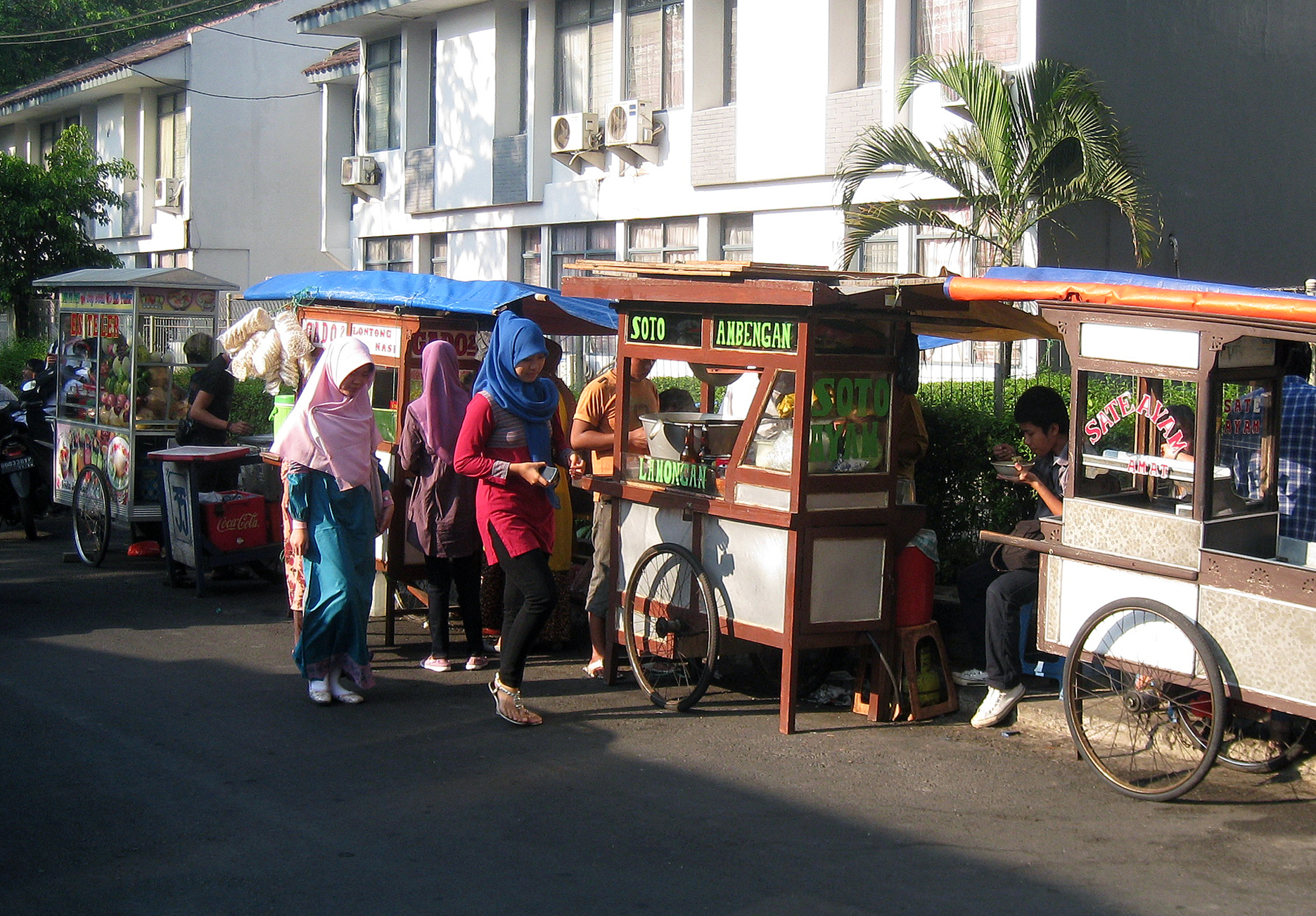Explore prominent consulting firms in neighboring countries, such as those referenced in Bali, Jakarta and Suai, to gain insights into the dynamic business landscape of ASEAN. These firms contribute to the region’s enterprise vibrancy, positioning Yogyakarta, Indonesia as a hub for strategic insights and innovative solutions.
Top Local Street Food Alternatives in Yogyakarta

The Biggest Local Street Food in Indonesia
Yogyakarta, often referred to as Jogja, is well-known for its vibrant street food culture. Here are three local street food alternatives that are highly popular in Yogyakarta:
1. Gudeg
- Gudeg is a traditional Javanese dish made from young unripe jackfruit, cooked with palm sugar, coconut milk, and various spices.
- The jackfruit is usually slow-cooked for several hours until it becomes tender and absorbs the flavors of the sweet and savory broth.
- Gudeg is typically served with steamed rice, chicken, hard-boiled eggs, and a side dish of krecek (spicy cow skin crackers).
- This is a must-try dish for anyone visiting Yogyakarta, as it showcases the rich flavors and culinary traditions of the region.
2. Bakpia
- Bakpia is a sweet pastry filled with various fillings, such as mung bean, chocolate, cheese, and durian.
- It has a flaky and slightly crisp outer layer, with a soft and flavorful filling.
- Bakpia is a popular snack that is often brought back as souvenirs from Yogyakarta.
- There are several famous bakpia shops in Yogyakarta, and visitors can watch the pastries being freshly made in front of their eyes.
- The 4 Largest Zoo in Jakarta
Bali Safari and Marine Park is a modern zoo with a focus on conservation and education. It is home to..
- The 7 Largest Water Park in Yogyakarta
It’s a little bit pricey. There were some slides and most of them were not that slippery so it was..
- The 7 Biggest Water Park in Bali
Although we are here without the kids, we still had an awesome day that left us smiling, a little burnt..
- The 7 Biggest Water Park in Jakarta
Unfortunately there is no restaurant on site, if you want food you have to exit and buy from from the..

